PESTS AND DISEASES OF FORESTRY IN NEW ZEALAND
Detection of West Indian drywood termite, Cryptotermes brevis, on Kapiti Coast
From SURVEILLANCE 39 (1) 2012.
The exotic West Indian drywood termite, Cryptotermes brevis (Isoptera: Kalotermitidae), was detected in the North Island during March 2011 in a private house at Waikanae Beach, Kapiti Coast. C. brevis is recognised as one of the most destructive drywood termites in the world. Annual control costs of around US$120 million have been attributed to this species in the US alone. This pest is highly invasive, partly because it can live undetected in wooden items such as furniture, picture frames and pallets moved around the world by trade.
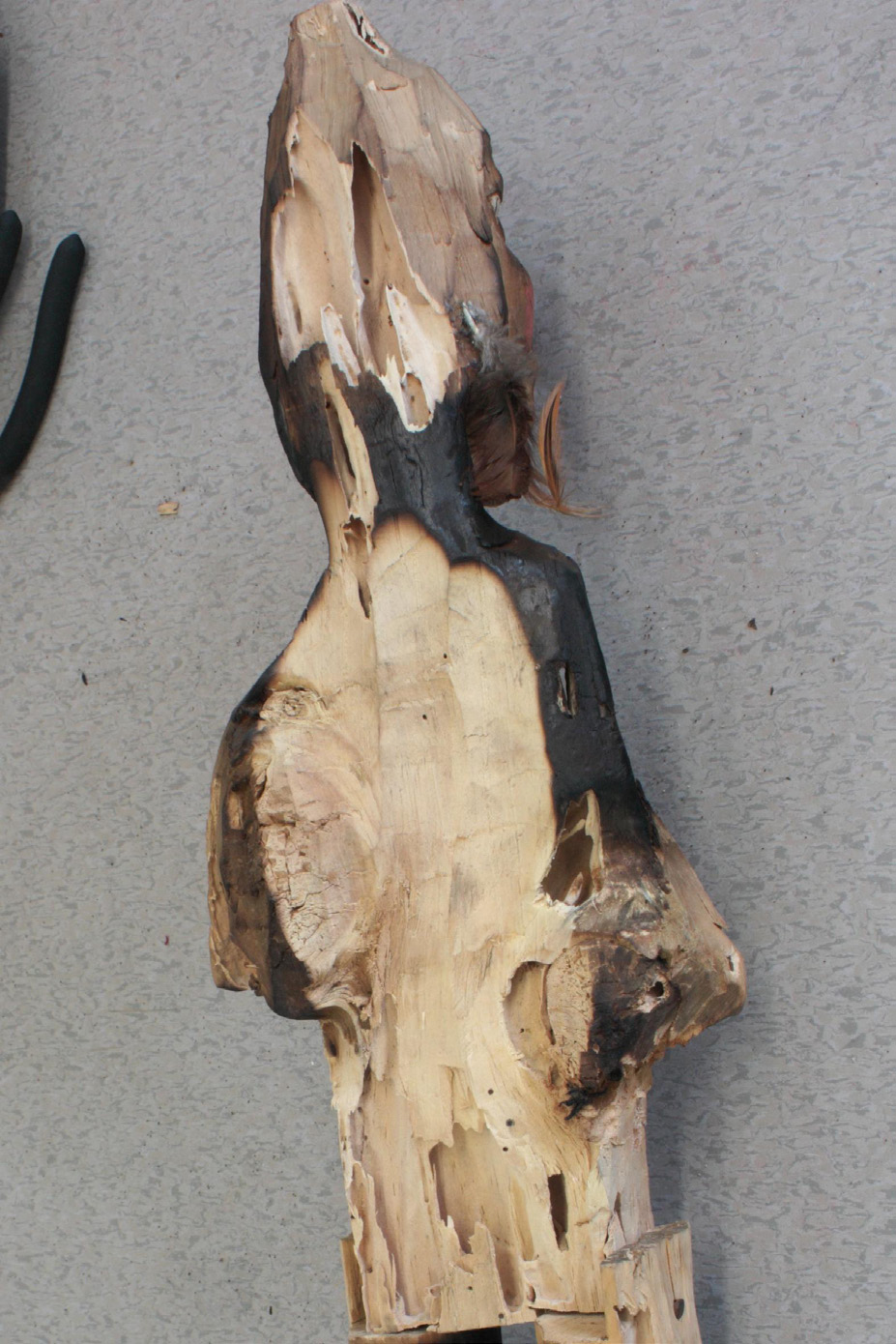
The natural range of this termite is Peru and Chile but it has invaded other tropical and subtropical countries in South America, the Caribbean, North America, Africa and the Pacific, as well as Australia. Outside of its natural range C. brevis is restricted to timber protected from the elements, so it is principally a pest of buildings and wooden items used indoors. It has been intercepted in New Zealand before in wood from South America, Australia and the Pacific (SCION Forest Health Database records, 1949–2000).
In the Waikanae Beach detection the first sign noticed by the property owners was swarms of flying termites inside the house. These were alates, the winged reproductive caste of a termite colony. They were traced to a wooden figurine imported from Peru around 10 years earlier. The figurine was examined at MAF’s Plant Health & Environment Laboratory (Tamaki) and found to be heavily infested (Figures 1, 2 and 3).
A full inspection of the property detected further activity in other wooden items inside the house (Figure 4). This included wooden items of South American origin, and of New Zealand origin that had travelled to Peru with the owners and been brought back. All the infested items had been imported at the same time.
A whole-structure fumigation of the affected house was completed in October 2011 to control C. brevis (Figure 5). MAF received approval from the Environmental Protection Agency to import and use sulphuryl fluoride in the fumigation. This gas is used widely and routinely in Australia and the US to treat this pest in homes. To date there is no evidence that C. brevis has established a colony outside of imported wood in New Zealand, and its status here remains not established. A full inspection of all properties within 100 m of the detection found no other activity. A 10-year surveillance programme will be conducted in the area to monitor for any further activity and ensure the treatment has been successful.
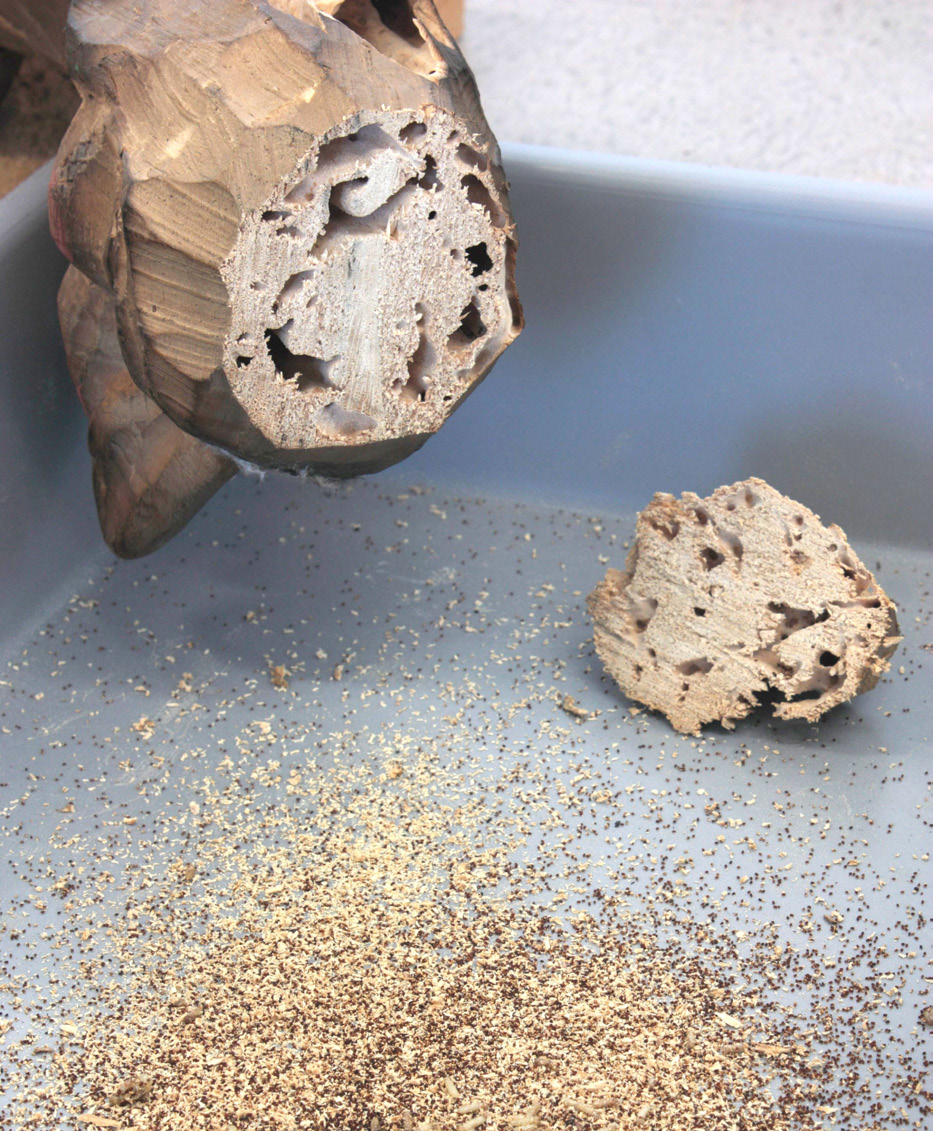
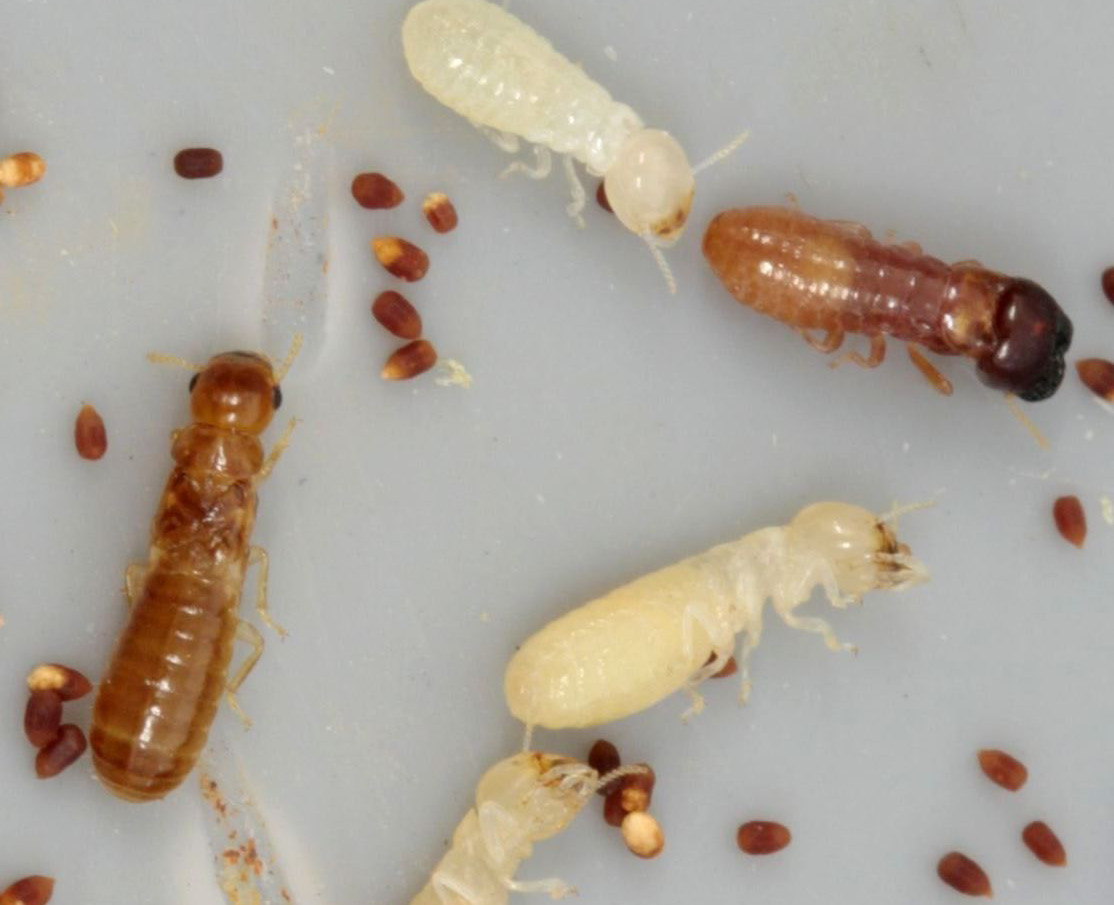
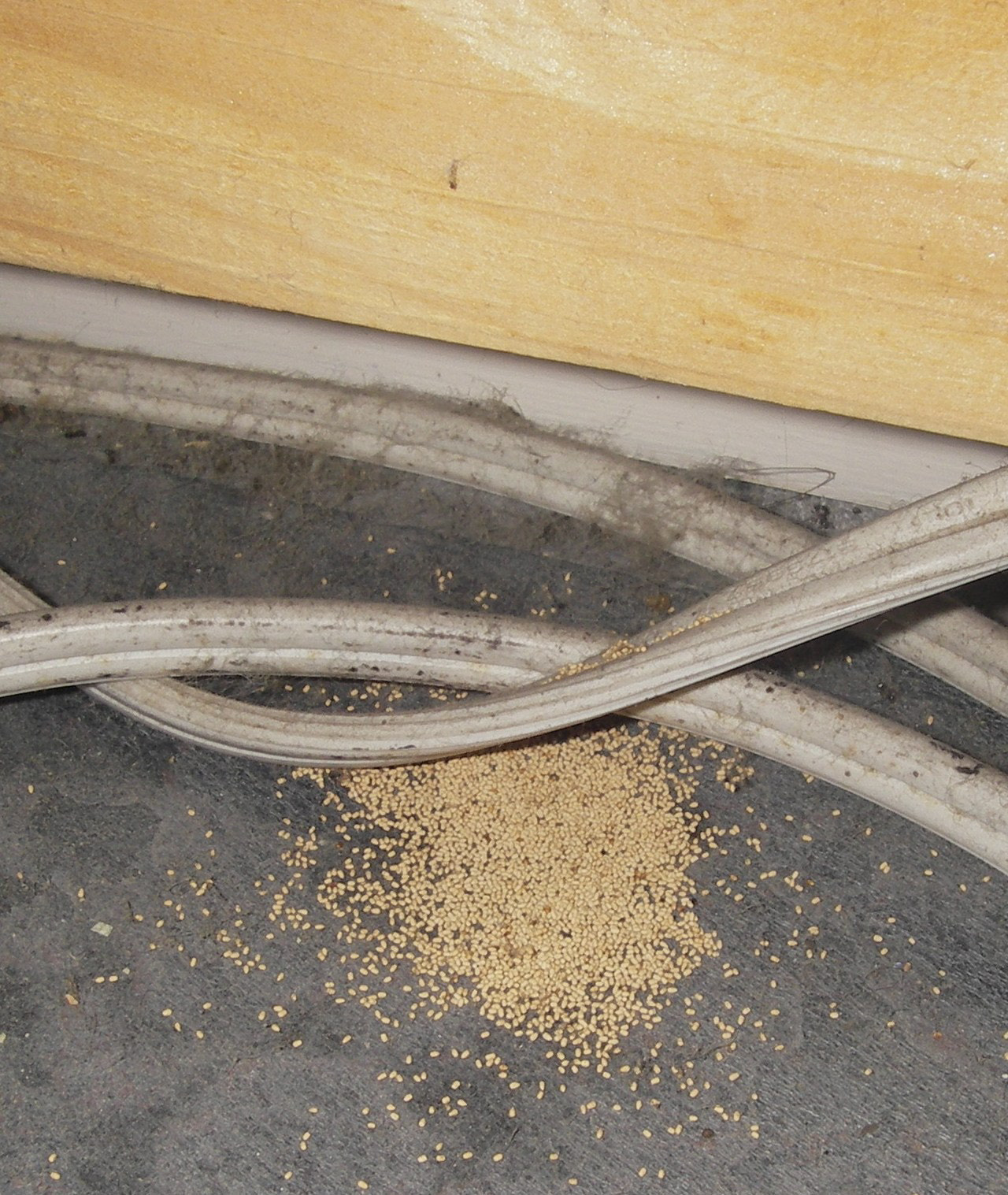
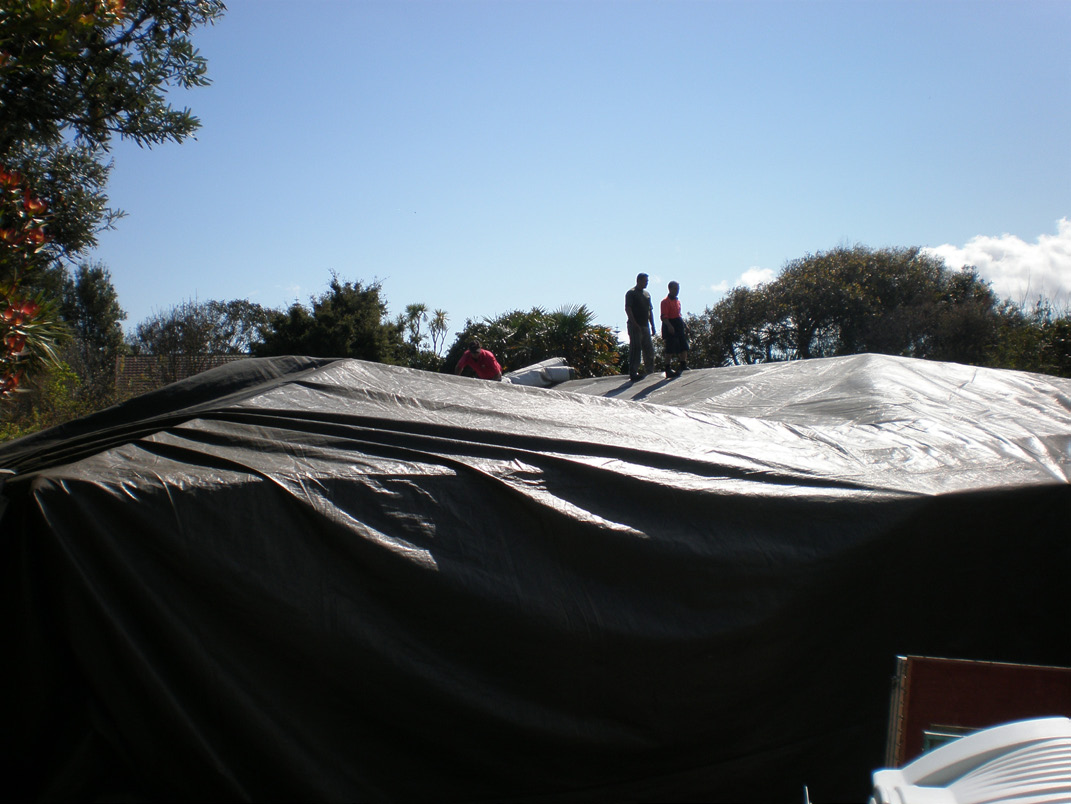
Shaun Bennett
Scientist (Entomology)
Plant Health & Environment Laboratory (Tamaki)
Ministry of Agriculture and Forestry

 Farm Forestry New Zealand
Farm Forestry New Zealand

